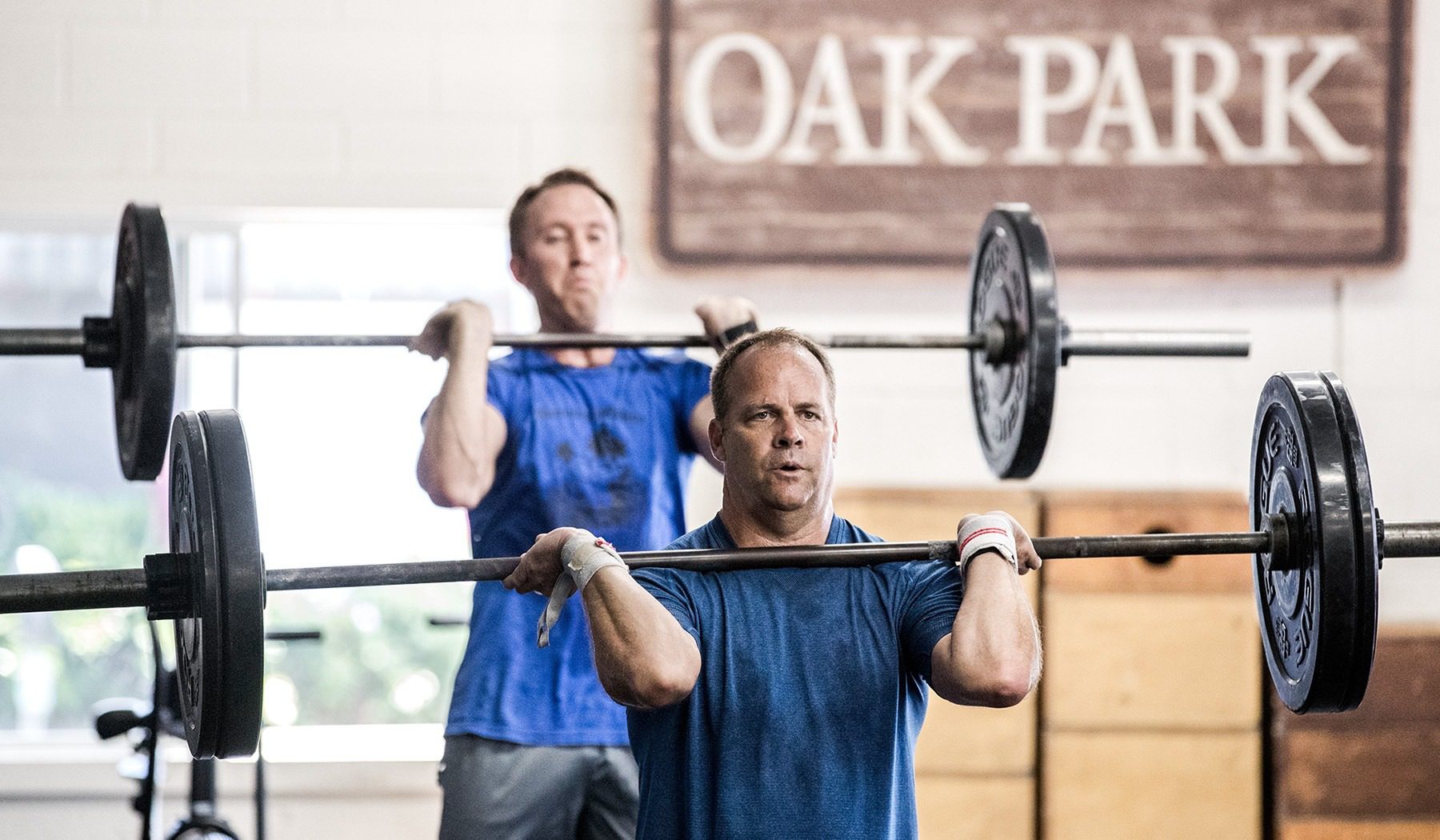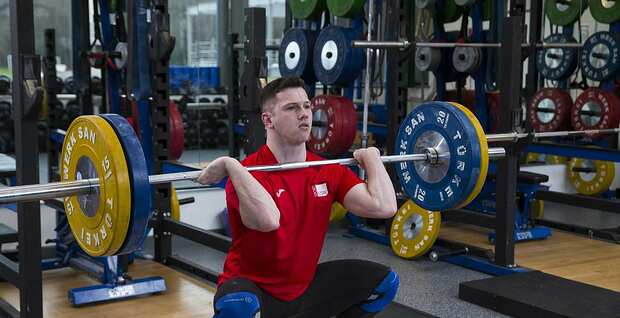How Much Time Does It Take To Learn Technique in the Olympic Lifts?
Strength & ConditioningABOUT THE AUTHOR

Bob Takano
A longtime leader in the sport of weightlifting, and a five time member of the USA national team to the world championships. Bob has coached four USA National champions, two National Record Holders, two Pan American Champions and an Olympian. Over a forty-five year coaching career 35 of Bob’s lifters have qualified for the USA Nationals.
I recently happened upon a question in another forum where the reader was concerned that learning the technique of the Olympic lifts might cause him to lose all the strength he’d gained in the previous year or so of strength training. I guess this is a reasonable concern, but it does show that this person has not been talking to anyone who’s coached a number of lifters. This, however, brought to mind the topic for this blog post.
It sounds like the community made up of people interested in learning the technique of the Olympic lifts has just been sadly misinformed about learning technique and motor learning in general.
I frequently read articles, blog posts, and well meaning pieces warning people of how difficult it is to learn the snatch and clean & jerk. I think we ought to take a look at who is making these statements and why.

These statements are coming from people who are involved in activities that don’t involve the motor learning of complex, coordinated activities, and are used to dealing with mediocre to poor athletes.
So many coaches in the strength and conditioning, and physical training community have for many years involved in teaching movements that don’t require much athleticism. Furthermore they’ve often taught them to subjects that were not elite level athletes or were not selected for their motor learning aptitudes.
Not surprisingly, these coaches think that teaching and learning the snatch and clean & jerk are daunting tasks, and have exaggerated the amount of time and coaching needed to master them.
My experience has been that teaching the snatch and clean & jerk to high level gymnasts, divers and dancers is a piece of cake. I’ve done it with a couple of these types of athletes in about a half an hour. Now keep in mind that I’m a weightlifting coach, and I’ve developed a set of strategies for coaching the lifts through years of experience, but I’m not teaching anything near the complexities of some of the tricks that high level divers and gymnasts perform on a fairly common basis.
If this is what your proprioception looks like, learning the Olympic Lifts is a cakewalk. The lesson here is that there is no “one size fits all” answer to this question.
After considering the coaching skills of many of the instructors and coaches, the second issue is the motor learning ability of the trainees in question.
People lacking in motor learning skills, and that have never done anything to improve their kinesthesia are going to need a lot of coaching and a long time to learn the lifts, if they can learn them at all. Some of them simply can’t learn to proficiently snatch and clean & jerk, no matter how much time they take and with the best of coaching. I worked with one such person who decided that at 37 years of age and with no prior athletic experience they wanted to learn the olympic lifts.
At the end of two years we were no further along than we were on the first day.
This taught me to cut my losses and at present I’ve gotten pretty good at identifying subjects who will never learn the lifts well enough to use them as efficient training tools. There are simply better modes of training suited to their needs. These tools don’t need to be for everybody.
So to get back to the original proposition of this article. The amount of time that should be devoted to learning the lifts should depend on the fatigability of the nervous system. This should be somewhere around a half hour to 45 minutes for most people, and only then if working with a competent coach. This should leave plenty of time to maintain previously gained strength.
The more frequently these sessions take place, the faster the technique can be learned. Training five days a week for four to six weeks should be enough for a decent athlete to learn proficient technique, and to begin balancing the development of the body to make use of the Olympic lifts as effective training tools or to consider entering a competition and achieving a satisfactory performance.

In conclusion, the snatch and clean & jerk require a certain degree of athletic proficiency. They are best learned by talented athletes, and they are best coached by experienced knowledgeable individuals. The best results will take place when these two factors are brought together.
On the other hand, there are individuals who have watched weightlifters and taught themselves the technique. In the days before there were any coaches in this country, almost all competitive lifters taught themselves the proper technique.
If you are an individual in good health, with some history of athletic participation, and reasonable range of motion at all the relevant joints, you can learn to snatch and clean & jerk proficiently, if you are willing to take the proper steps of remediating technical weaknesses and practicing proper technique under the supervision of a knowledgeable coach.
I hope you find this information helpful. Find out more at www.takanoathletics.com.
Are you a better coach after reading this?
More coaches and athletes than ever are reading the TrainHeroic blog, and it’s our mission to support them with usefull training & coaching content. If you found this article useful, please take a moment to share it on social media, engage with the author, and link to this article on your own blog or any forums you post on.
Be Your Best,
TrainHeroic Content Team
HEROIC SOCIAL
HEROIC SOCIAL
TRAINING LAB
Access the latest articles, reviews, and case studies from the top strength and conditioning minds in the TH Training Lab

